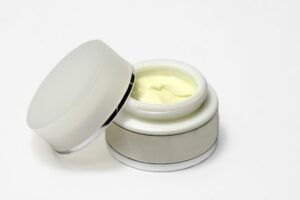$371 for a wrinkle cream? Yep. Price increases with prescription
 Heidi Godman, executive editor of the Harvard Health Letter, got a huge surprise when she tried to fill a prescription for a vitamin A-based cream her dermatologist recommended. The cream, which Godman hoped would reduce the fine lines and wrinkles on her face, cost $371.
Heidi Godman, executive editor of the Harvard Health Letter, got a huge surprise when she tried to fill a prescription for a vitamin A-based cream her dermatologist recommended. The cream, which Godman hoped would reduce the fine lines and wrinkles on her face, cost $371.
Forget it, Godman told the pharmacist. “My case was only skin deep,” she wrote in her blog. “But what about people who can’t – or don’t want to – pay for prescription medications to treat a chronic or seriously illness?”
What about them?
Good question. A February survey commissioned by Voices for Affordable Health found 84 percent of the respondents worry that they or someone they love cannot afford the medication they need.
What can consumers do?
Godman consulted Harvard physicians and offers seven cost-cutting tips:
- Try generics. If a generic isn’t available for your brand-name medication, ask if there’s a similar drug with a generic version.
- Go to a big-box store. Many grocery store and big box pharmacies offer discounted prices on a list of pharmaceuticals. Ask for their list and share it with your doctor.
- Get a bigger dose. Some pills can be divided with a pill splitter. Of course, talk with your doctor about whether this will work for you.
- Get a larger supply. Instead of getting just 30 days of pills and making an insurance copay each time, ask for a 90-day supply.
- Apply for assistance. State and local governments, non-profit organizations and even drug companies offer financial assistance to those who qualify.
- On Medicare? Update your plan. Plans change annually, including medications covered.
- Shop around. It sometimes pays to call pharmacies in your area to compare prices.
How have rising prescription drug costs affected you or your family? Share your story with Voices for Affordable Health.